Types of Corrugated Paper
Corrugated paper comes in two main types: 3-layer corrugated paper and 2-layer corrugated rolls. These products are widely used in modern packaging, primarily for storing and protecting goods before shipment. Corrugated paper is highly popular due to its numerous advantages, including strength, durability, lightweight properties, and eco-friendliness. Additionally, corrugated paper is categorized into different grades, each designed for specific packaging needs, allowing for a wide range of product applications. Let’s explore the different grades and types of corrugated paper.
KS – white kraft paper
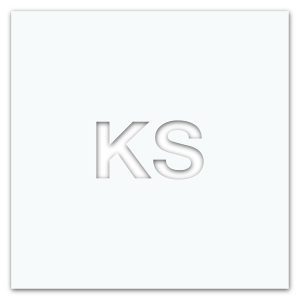
KS paper is a white kraft paper used for the outer surface of corrugated boxes. It has a smooth and clean texture, making it ideal for packaging that emphasizes aesthetic appeal. Its surface enhances high-quality, vibrant printing, helping products stand out and increasing their perceived value.
Additionally, KS paper offers high strength and durability, ensuring excellent product protection. It is commonly used for packaging electronic appliances, export goods, and premium consumer products that require a sophisticated and high-end presentation.
Standard weight: 170 g/m²
KA – Golden yellow kraft paper
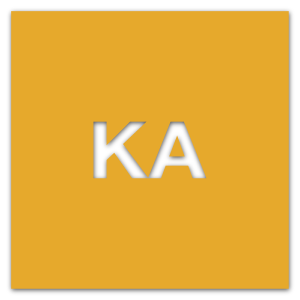
KA paper is a golden yellow kraft paper designed for the outer surface of corrugated boxes. It is known for its exceptional strength and durability, providing excellent load-bearing capacity. This kraft paper is widely used in the domestic market due to its reliability and toughness.
KA paper is ideal for automotive parts, canned food, and furniture packaging, where maximum strength, stackability, and impact resistance are essential.
Standard weights: 125, 150, 185, 230 g/m²
KI – light brown kraft paper
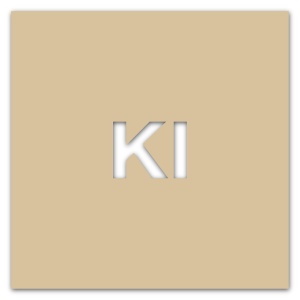
KI paper is a light brown kraft paper used for the outer surface of corrugated boxes. Its soft, light color makes it ideal for high-quality printing, including images and text. In terms of print clarity, it ranks just below KS paper.
KI paper is commonly used for products that do not require as much strength as KA paper. It is suitable for general packaging, such as ready-to-eat food boxes and printed packaging for electronic appliances.
Standard weights: 125, 150, 185 g/m²
KT – Brown kraft paper
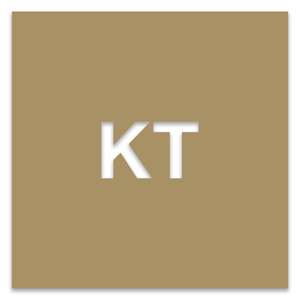
KT paper is a brown kraft paper made from 100% recycled fibers, supporting environmental sustainability while maintaining both strength and aesthetic appeal.
It is ideal for packaging that requires high durability and reliability, making it a preferred choice for export packaging. Many international brands favor KT paper for its balance of eco-friendliness and strength.
Standard weights: 125, 150, 175, 205 g/m²
KK – Brown kraft paper
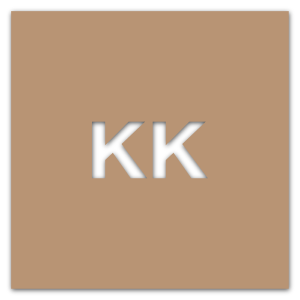
KK paper is a brown kraft paper made from 100% recycled fibers, promoting environmental sustainability while maintaining strength and visual appeal.
Its key feature is excellent stackability, making it ideal for export products that require packaging made entirely from recycled materials.
Standard weights: 125, 150, 185 g/m²
CA – Brown kraft paper
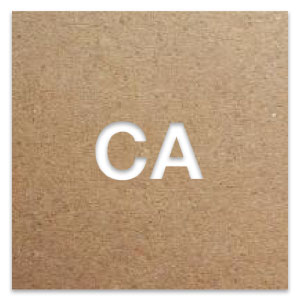
CA paper is a brown kraft paper made from 100% recycled fibers, supporting environmental conservation while maintaining strength and durability.
It is primarily used for corrugated fluting in all types of corrugated boxes or as liner board. CA paper provides high stacking strength and impact resistance, ensuring secure packaging.
In some cases, CA paper is also used as a back liner for box surfaces to help reduce production costs.
Standard weights: 85, 100, 105, 115, 125, 150, 185 g/m²


